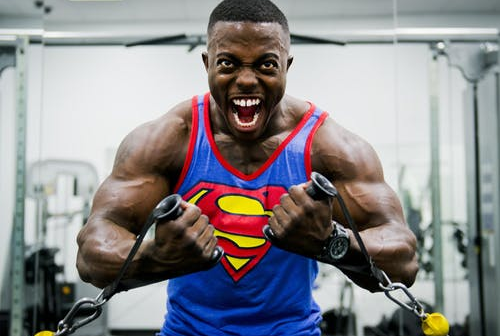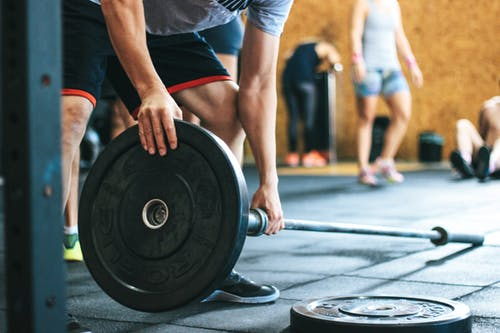Fake or false weights are probably the fault of Instagram, the image-rich site that rewards influencers who take amazing and engaging photos. Bodybuilders, models, fitness gurus and people just trying to promote a healthy lifestyle are occasionally getting caught using false weights.
What are the advantages and disadvantages of using false weights?
The Advantages of False Weights
Sometimes we won’t go to the gym unless we’re comfortable being there. If you’re using 10-pound weights, you may be mocked by those doing reps with 30-pound weights. If you’re lifting fake weights, you may be able to work out at your leisure without being criticized by gym rats. Anything that makes you comfortable in the gym and keeps you coming back is good for your health.
False weights may be an incentive for you to keep working out. For example, if you’re lifting a bar with 30 pounds of faux weights labeled as 100 pounds, you may push yourself to do another fifty reps so that you can get those real muscles. If you see the large, faux weights on the bar, you may push yourself to do the various workouts on the circuit instead of skipping it because you can’t really handle it. And if you are pushing yourself, you will be exerting yourself.
The Disadvantages of False Weights
False weights can introduce safety concerns. For example, you have to remove the real weights and put fake ones on every machine or bar you use. If someone mixes false weights with real ones, you could be given a load far heavier than you could handle. That could injure you. An off-balanced mix of real and fake could strain your back or other muscles, as well. On the flip side, if you’re dealing with real weights, but people think they’re fake, they may not be adequately spotting for you.
Influencers who use false weights and promise someone could actually lift 50 pounds after doing a basic workout routine could lead their followers to injury because they’re trying to do something they’re not really capable of. Theoretically, seeing bodybuilders lift 400 pounds of faux weights could drive people to steroids trying to imitate the false image being presented to them.
If you’re touting your strength or endurance and get caught using false weights, you’ll be called a liar. This will destroy your online reputation if you’re selling fitness products or get ad revenue because people read your blog, the revelation that you use false weights could kill your career. If you’ve decorated your apartment with false weights to impress visitors, you’ll only hurt your personal reputation when discovered.
When False Weights Are Neither Good Nor Bad
If you’re capturing video or still shots, faux weights have a distinct advantage. You’re able to move them around more easily than real weights. You could pose for an hour or record a long video hoping to get at least one decent ten-minute to take, and you won’t be exhausted from the effort. And if you’re shooting a movie, false weights are a reasonable prop to have, since your actors cannot really lift those heavy weights but you want it to look like they can. They’re also reasonable for models to have when posing for advertisements since many models are happy to pose but cannot actually lift heavier weights.
False weights have moved from the movie set to the gym, for better and for worse. False weights bring with them risks, but there are occasions when their benefits justify their use. The key to determining the difference is knowing when you’re using them for the sake of your health and when you’re doing it for the sake of your ego.





